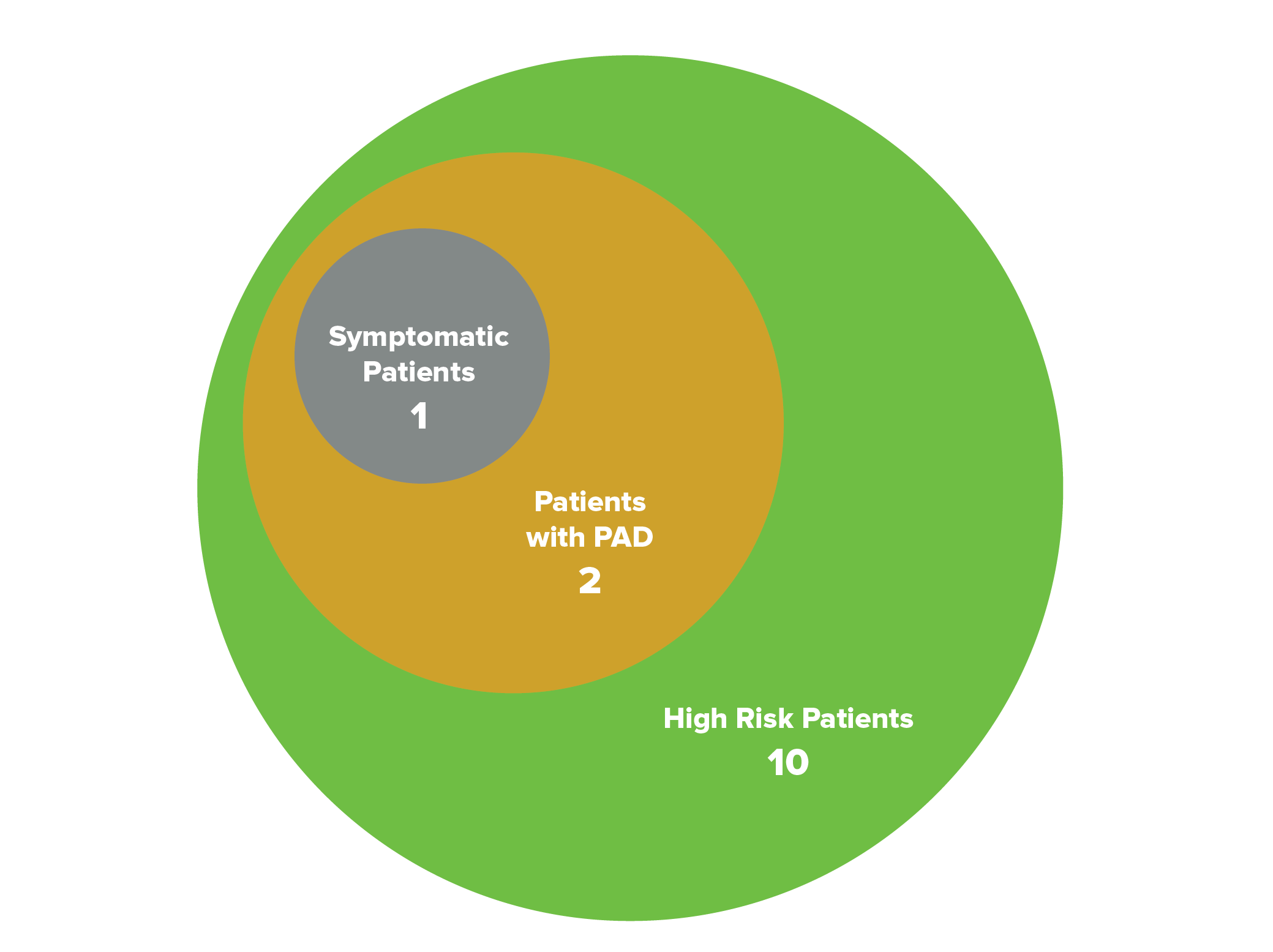Ankle-Brachial Index (ABI)
- Peripheral Arterial Disease (PAD) Diagnosis:
ABI is widely used to diagnose PAD, especially in patients with risk factors like diabetes, smoking, or hypertension. It helps in identifying arterial blockages that reduce blood flow to the lower limbs. - Cardiovascular Risk Stratification:
ABI serves as an indicator of systemic atherosclerosis and is linked to increased risks of heart attacks and strokes. Low ABI values can identify patients at higher cardiovascular risk. - Monitoring PAD Progression:
Physicians use ABI for follow-up assessments in PAD patients to monitor the progression of the disease or the effectiveness of treatments, such as medication or revascularization procedures. - Pre-surgical Evaluation:
ABI testing is used preoperatively to assess the vascular status of patients undergoing lower extremity surgeries or interventions, ensuring that sufficient blood flow is present.







